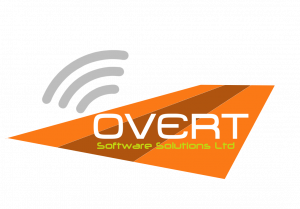Modern technology has changed how professionals within the healthcare sector care for their patients and residents. Some people see the benefits of technological advances, such as the time-saving devices they provide. Others take a less enthusiastic view, pointing out that these advances lead to decreased personal interaction between nurse and patient.
While both sides of the debate offer a combination of statistical and anecdotal evidence to support their arguments, most nurses favour technology that helps improve patient care. In a recent survey of more than 600 nurses by LinkedIn, an overwhelming majority 82% of nurses recently expressed a favourable view of nursing technology.
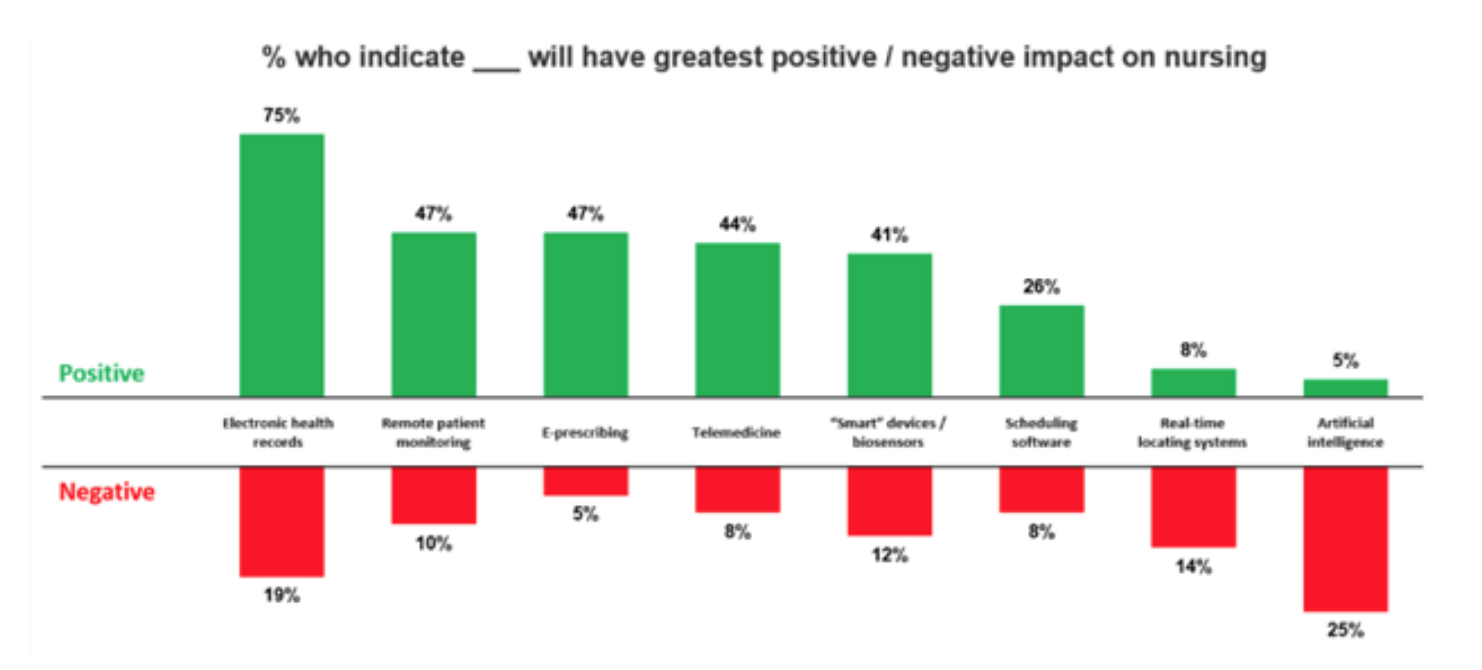
Within this article we will be focusing on the several ways in which technology has benefited the nursing profession!
What is Health Tech?
The health industry continues to develop new ways to deliver healthcare, which can lead to breakthroughs in our understanding of disease and a better medical treatment. HealthTech is medical technology designed to help RNs, LPNs, and other nursing and medical professionals care for their patients more effectively. It is a broad term that covers everything from smartphones and wearable devices to remote healthcare platforms. It includes software for tracking symptoms, online tools for diagnosing conditions, and programmes that analyse data from medical devices such as CT scans and blood pressure monitors.
10 examples of innovative nursing technology
EMR’s and EHR’s
Digital medical records combine a patient's facility-specific medical records, usually stored as Electronic Medical Records (EMR) or Electronic Health Records (EHR). This can help medical providers of all types provide the best overall care possible by enabling them to make informed decisions.
An EMR (electronic medical record) are a digital version of a patient's medical history maintained and documented in a health facility. An EMR contains more comprehensive health information of a patient's medical history, lab results, medications, and allergies of the patients in one practice. Depending on the health provider, an EMR may also include billing and insurance information.
An EHR (Electronic health records) are designed to gather and organise patient health information. They focus on the total health of the patient. Going beyond standard clinical data collected in the provider's office and inclusive of a broader view of the patient's care. EHRs are built to share information with other healthcare providers, such as specialists, laboratories, and pharmacies. For instance, they contain information from all the clinicians involved in the patient's care.
According to BCG foundation, at the turn of the century, UK citizen's health records were often held locally, making it difficult for doctors to coordinate their care. Although electronic health records (EHRs) are renowned as the central to modernising healthcare management, hospitals have a need to move faster to and adopt them more rapidly. The electronic health record (EHR) systems in use today vary widely. Some are home-grown systems within a single organisation that have the necessary technical and managerial capacity to work effectively, while others are interoperability standards for linking multiple IT systems.
Manual vs Digital EMR:
Many papers were involved as most medical data were not digital.
Having digital health records with its seamless access can help you have better manage your health. So, the exchange of patient health data and previous record will never be possible to the following streamline.
Where we were
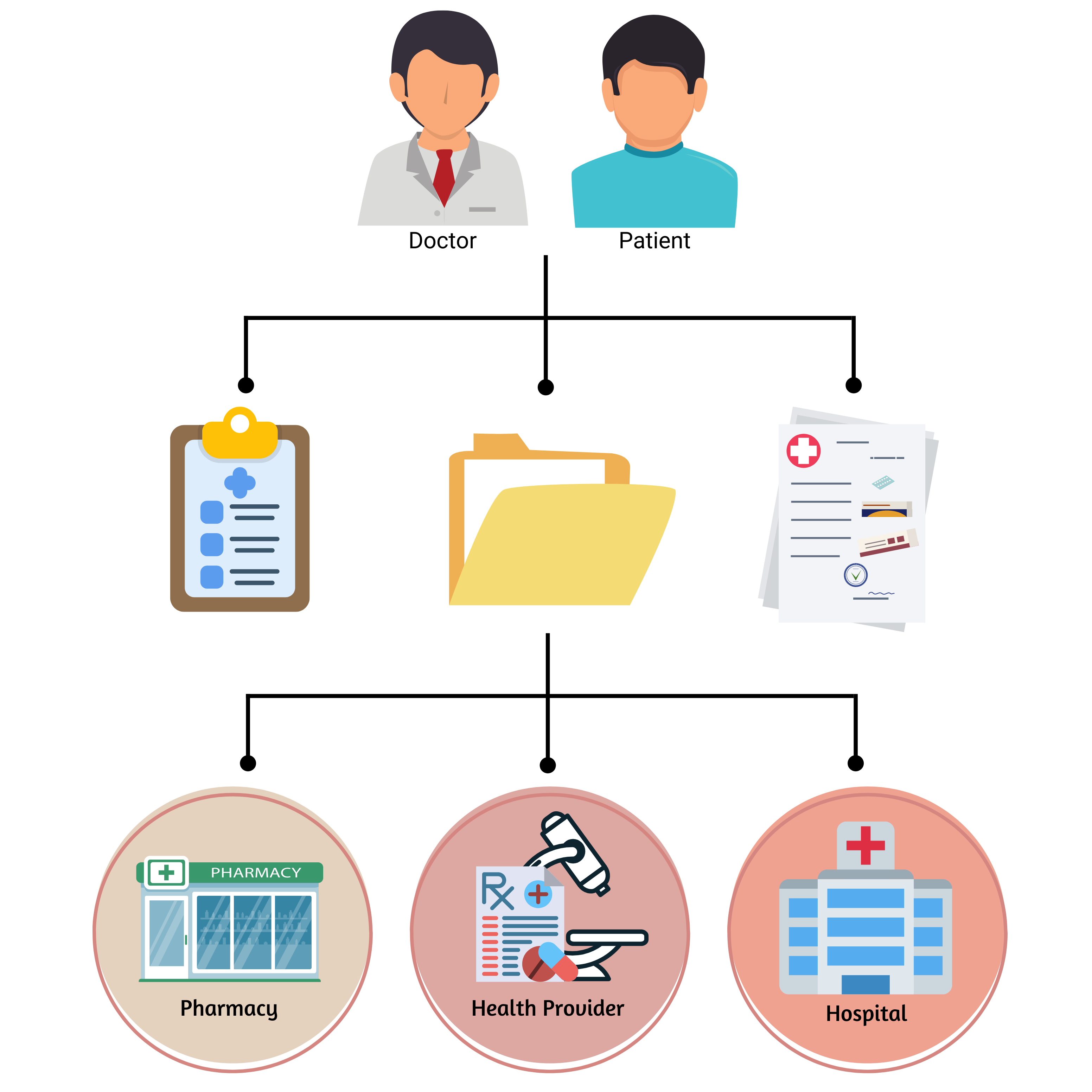
Where we are now
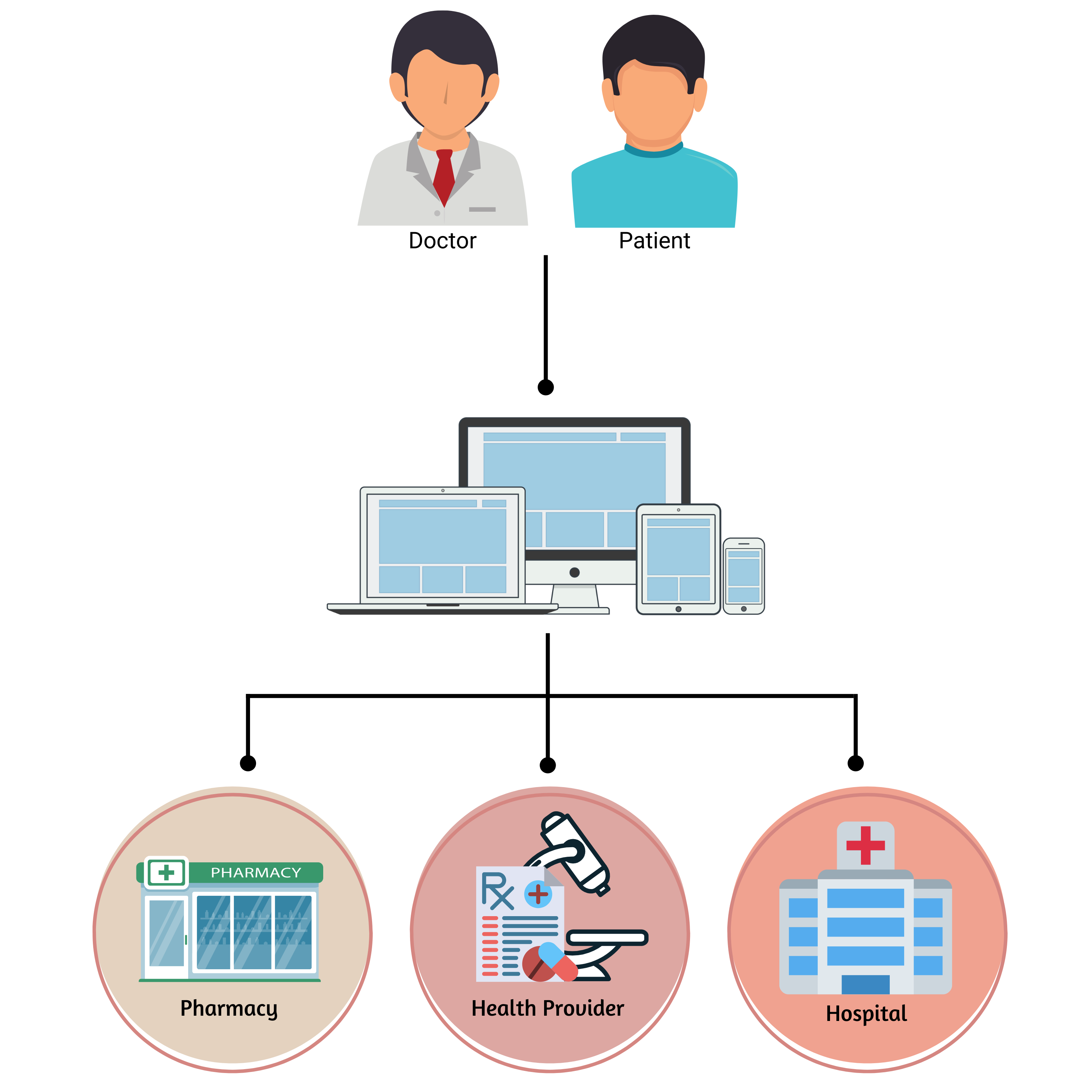
PoC Technology
Mobile devices and handheld devices equipped with nursing-specific applications have become valuable tools for nurses. These devices are known as Point-of-care (PoC) technology and they allow nurses to take patient reports and update records without leaving the room, so they can make informed decisions quickly. This instant care also reduces distraction-related errors and helps patients feel as if their concerns are instantly addressed, directly impacting their satisfaction with the care they receive.
Telehealth and Telemedicine
Telehealth and telemedicine technologies allow doctors and nurses to provide essential care for patients who may not be able to visit a medical facility in person, or those that are in rural or underserved areas. Doctors can meet with individuals through convenient video conferencing, assess their condition based on presenting symptoms, and determine whether a physical office visit is required, or treatment can be prescribed based on existing symptoms.
Telehealth also enables timely communication between healthcare providers, enhancing collaboration and improving patient outcomes.
Smart beds
Nursing technology can streamline informational processes, but some advancements address a practical, physical challenge. Mechanical lifts on beds allow patients to get into bed without assistance from medical staff. Integrated sensors automatically track vitals such as heart rate, blood oxygen level, weight and temperature.
Digital monitors
Even when not built into a smart hospital bed, electronic monitors allow nurses to keep track of their patient's vital signs. These devices automatically monitor and record pulse rate, ECG, oxygen levels, and respiratory rates. In addition to freeing up time that would otherwise be spent manually taking vitals by hand (which can be frustrating for both nurses and patients), these monitors also alert staff when vitals reach dangerous levels, helping prevent medical emergencies before they occur. Allowing nurses to focus on other responsibilities of patient care.
Medication Management System
Technology has streamlined medication management processes; reducing errors and improving patient safety. Automated drug dispensing systems, barcode scanning, and electronic medication administration records help nurses ensure the right medication, at the right dose, is given to the right patient at the right time.
For example, automatic IV pumps are used in hospitals to deliver medication and nutrition to patients. While the IV pump is an efficient way to administer drugs, it can be time-consuming for nurses to manually monitor the IV drip rate. Automatic IV pumps reduce human error risk by allowing nurses to program the drip rate and dosage over a set period of time.
These systems also provide alerts for potential drug interactions or allergies, minimising medication errors.
Wearable technology
Thanks to medical innovation and mobile technology, many patient Monitoring systems traditionally used in healthcare facilities (i.e., heart rate, blood oxygen, blood pressure) are now available as devices that patients can wear at home. Wearable technology improves patient care by allowing nurses to continuously monitor patients' vital signs, even when not physically in a medical facility. This real-time data enables nurses to identify any abnormalities promptly, enabling early intervention and prevent complications for acute conditions and chronic health issues.
CPD Software
Continuing Professional Development (CPD) is crucial for nurses as it helps maintain competence, enhance patient safety, advance careers, and foster professional accountability. By staying updated with the latest research, integrating evidence-based practice, and adapting to changing healthcare demands, nurses ensure high-quality, patient-centered care.
CPD software technology simplifies tracking and managing CPD activities, offering user-friendly tools to record hours and demonstrate compliance with standards. These platforms provide curated resources, personalised learning plans, and reminders, assisting nurses in selecting relevant opportunities and achieving their CPD requirements efficiently.
Additionally, traditional classroom education can be inconvenient for nurses who want to further their education or complete continuing education requirements. Online education now makes it possible for nurses to improve their skills and advance their careers at a time that fits comfortably around their busy work schedule.
By leveraging online CPD software technology, nurses can enhance their professional growth conveniently while meeting their CPD obligations.
Enhanced Communications
Modern communication technology has been a boon to the medical profession. Not only do they provide improved communication within healthcare teams, but they also allow nurses to easily communicate with physicians, pharmacists, and other healthcare professionals more efficiently through secure messaging systems or electronic collaboration platforms. This facilitates timely consultations, reduces miscommunication, and enhances care coordination.
These mobile devices can also communicate with medical monitoring devices to automatically relay essential health information to doctors and nurses, regardless of their location.
Patient Engagement Platforms
Technology has empowered nurses to educate patients about their health conditions, treatment plans, and self-care strategies. Mobile applications, online resources, VLE platforms and educational videos enable nurses to deliver tailored health information to patients, increasing their understanding and engagement in their own care.
How can technology help nurses in healthcare
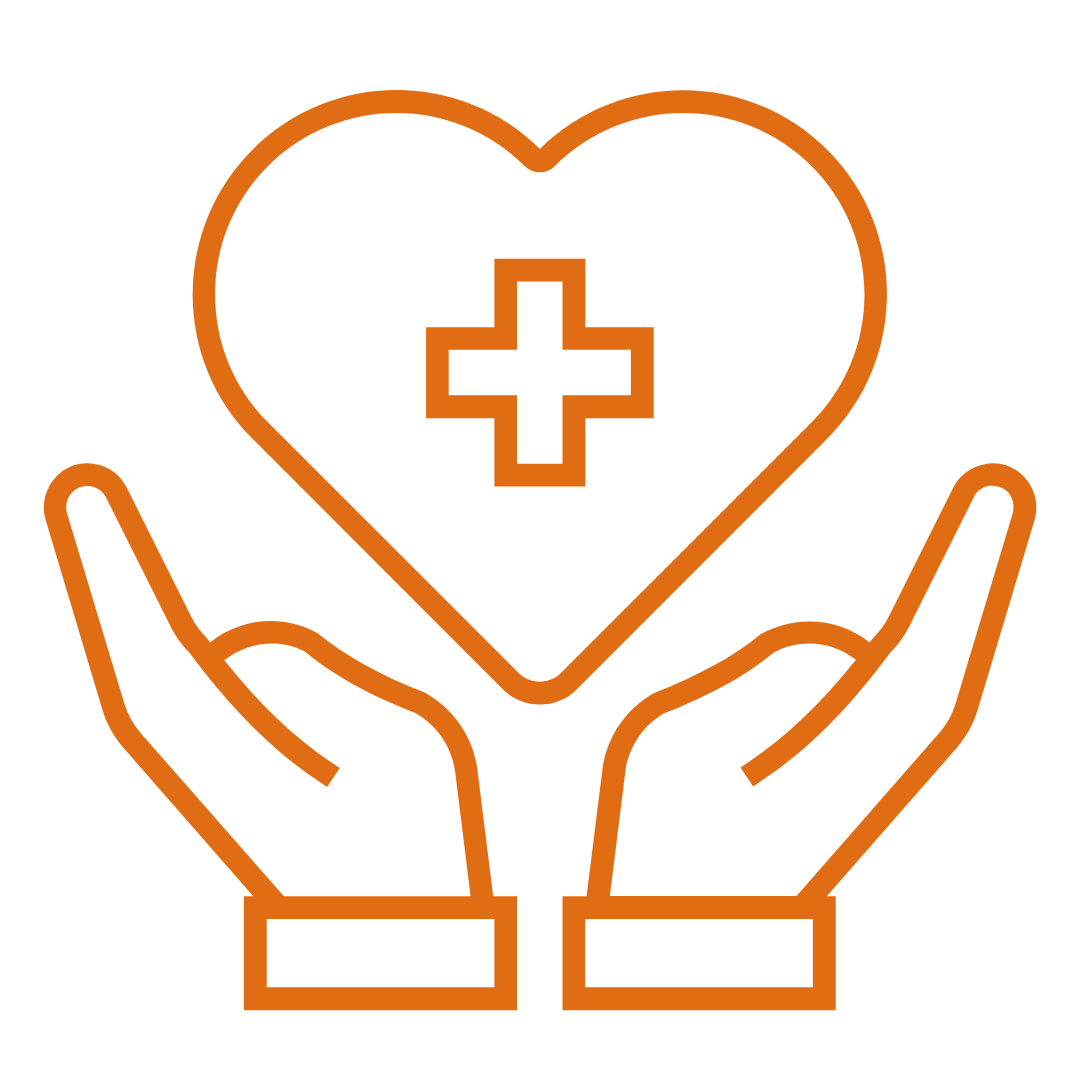
Medication Management and Safety
Technology has simplified medication management processes; nurses can now rely on specialised equipment to help them with many of the most everyday aspects of patient care and enhance patient safety.
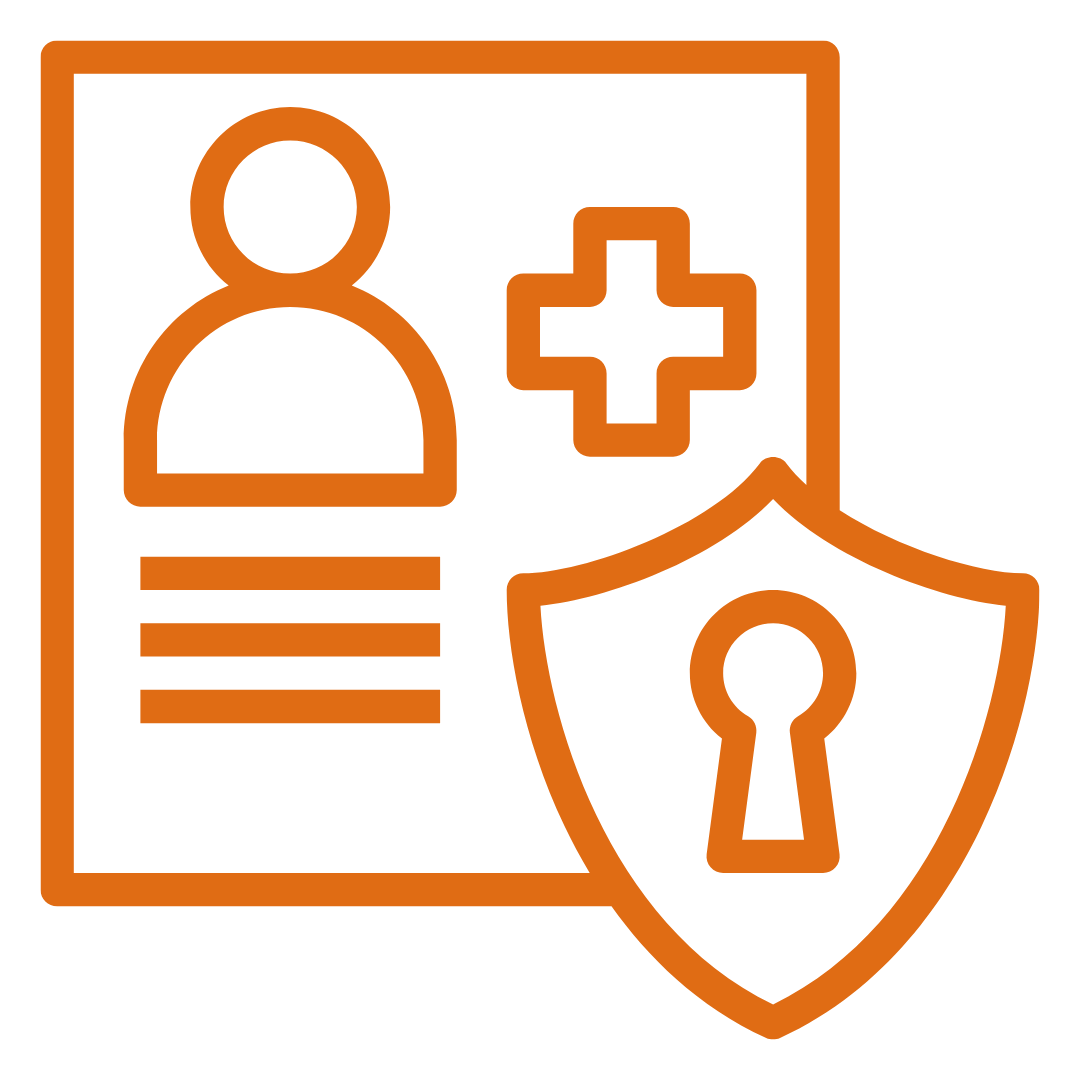
Better access to patient records
Instead of searching for and keeping up with paper medical charts, nurses who work for facilities that use electronic medical records can access their patients' histories on computers and make updates instantly. This empowers nurses to make informed decisions at the point of care, enhancing patient outcomes.
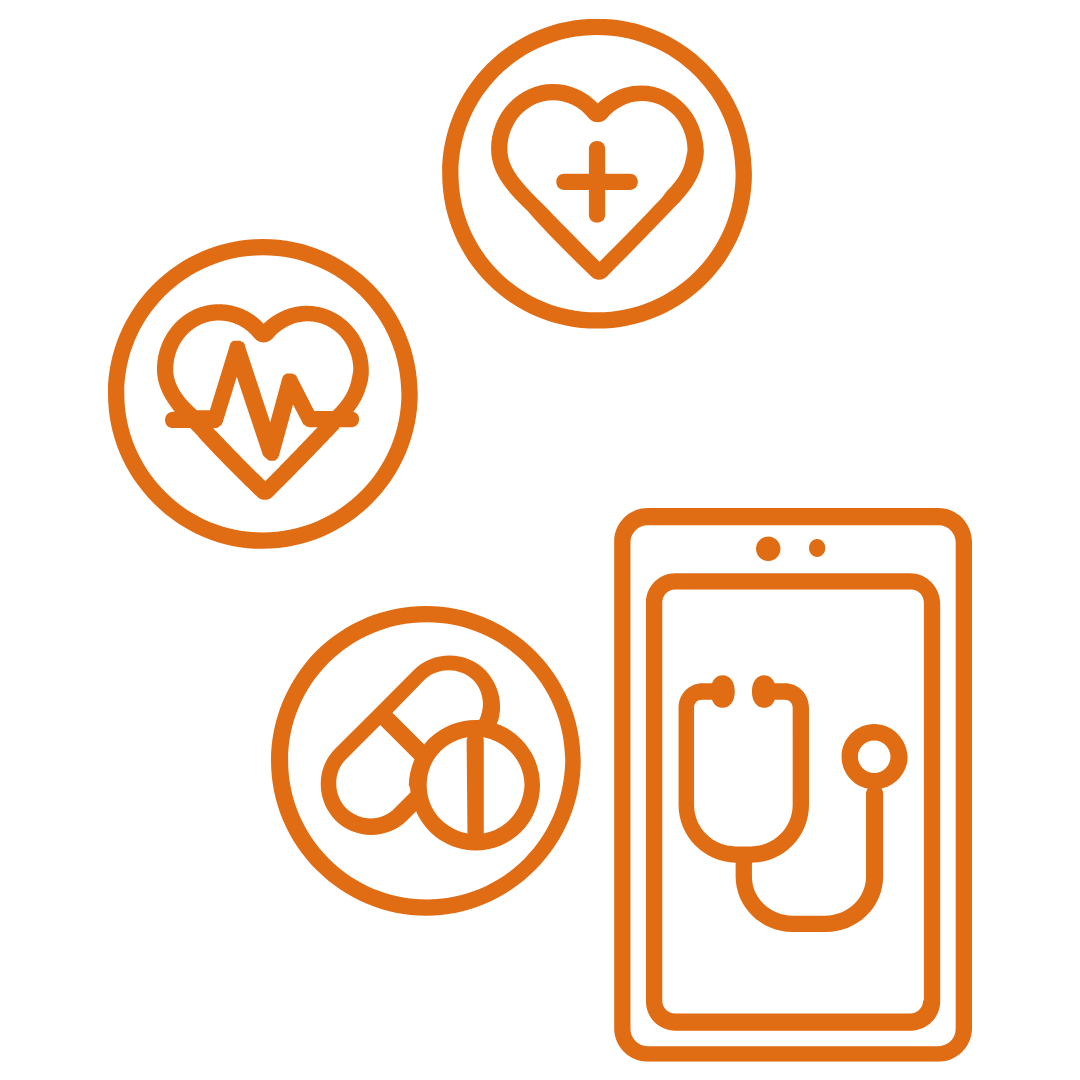
Expanded Reach through Telehealth
Telehealth and telemedicine technologies have extended nursing capabilities, enabling remote patient monitoring, virtual consultations, and healthcare delivery. Nurses can provide care and support to patients in their homes, particularly for those in underserved areas, improving access to healthcare services.
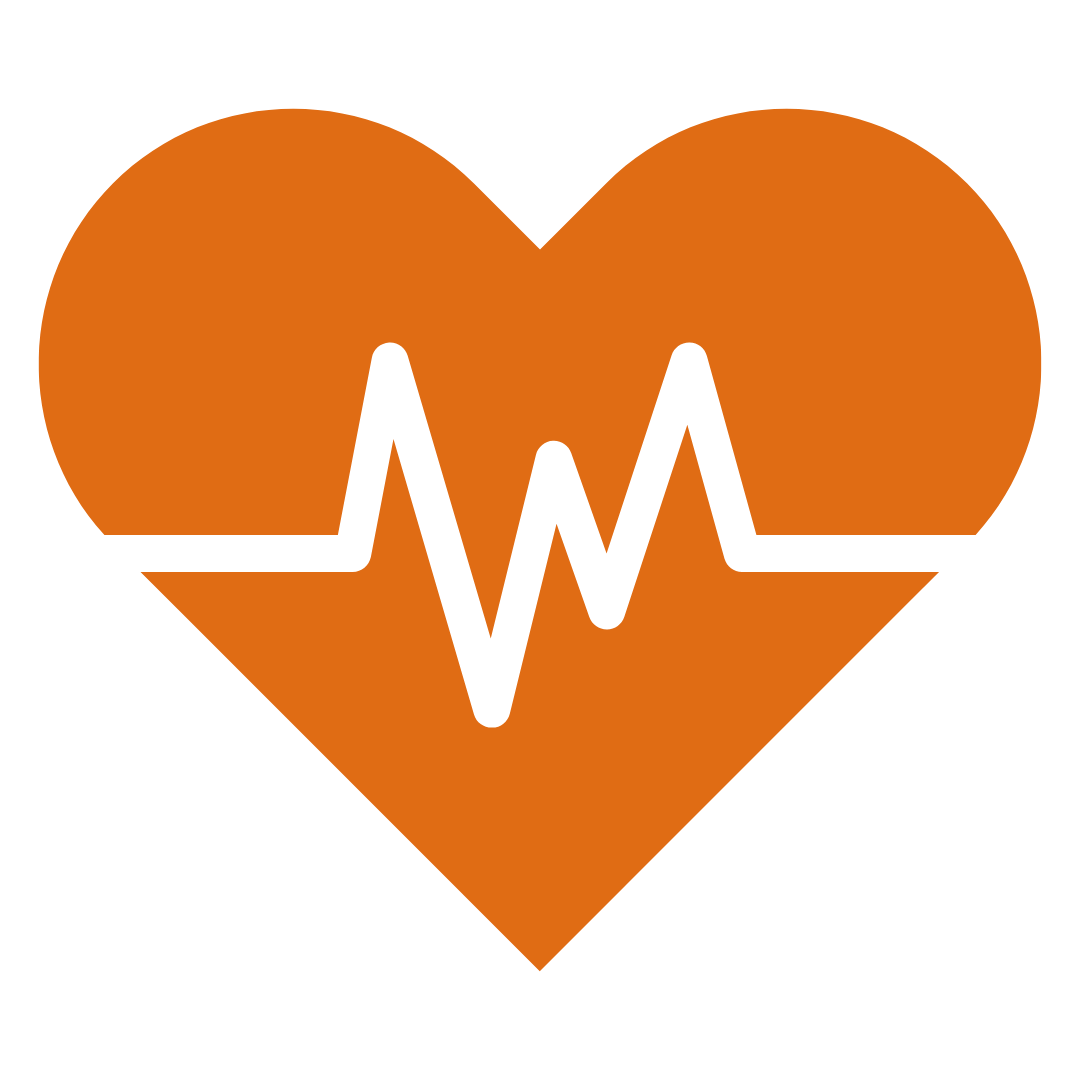
Improved Patient Monitoring
Advanced patient monitoring systems continuously track vital signs, allowing nurses to detect abnormalities in real-time. This early identification enables prompt intervention, preventing complications and improving patient outcomes.
Key takeaways
Health care is a team effort and information sharing is essential to making the best decisions for patients. The ability of multiple parties to communicate effectively is key to the success of the health care delivery system. It takes a lot of work to close the health equity gap, and digital tools can be key in that effort. By taking inspiration from experience and established leaders in the field, innovators can begin to envision how their product will address health equity.
Let us help you prepare your team by finding the best CPD solution and achieve your key to success. Contact our success team today!
